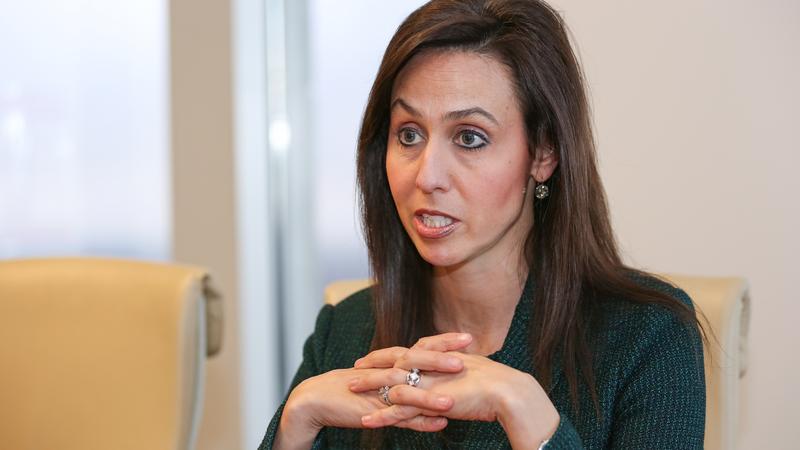

It would take until the 2000s/early 2010s to have a steady trickle of English-language titles, with most substantive works being published either by Vancouver-based Arsenal Pulp Press or the since-defunct trans-run Topside Press.

It wasn’t until the 1990s when small feminist and academic presses began to publish trans authors like Lou Sullivan, Kate Bornstein, Leslie Feinberg and Vivian Namaste.

Publishers weren’t interested in trans voices otherwise this was a society that regarded queer people as dangerously unfit and outlawed trans women wearing dresses. Not that there weren’t books on trans people, but they were either medical texts written by cisgender people such as Magnus Hirschfeld/Max Tilke’s Die Transvestiten (1910), Harry Benjamin’s The Transsexual Phenomenon (1966) and Richard Green/John Money’s Transsexualism and Sex Reassignment (1969), or they were autobiographies of trans anti-celebrities such as Lili Elbe’s Fra mand til kvinde (translation: “From man to woman”, 1931), Christine Jorgensen’s A Personal Autobiography (1967), Dianna Boileau’s Behold, I am a woman (1972) and April Ashley’s Odyssey (1982). Geschlecht – Die Transvestiten (translation: “The 3rd sex – the transvestites”, 1930-1932) or Rupert Raj’s Gender Review (1978-1986). If they wanted to exchange ideas in print, they had to do it in their own newsletters and zines such as in Friedrich Radszuweit’s Das 3. Far from just investigating how they are invented the authors demonstrate the considerable psychological and physical harms perpetrated on children and young people by transgender ideology, and offer tangible examples of where and how adults should intervene to protect them.Up until very recently, gender diverse people were shut out of the publishing world. Contributors demonstrate how 'transgender children and young people' are invented in different medical, social and political contexts: from specialist gender identity development services to lobby groups and their school resources, gender guides and workbooks from the world of the YouTube vlogger to the consulting rooms of psychiatrists from the pharmaceutical industry to television documentaries and from the developmental models of psychologists to the complexities of intersex medicine. The essays in this volume are written by clinicians, psychologists, sociologists, educators, parents and de-transitioners.


 0 kommentar(er)
0 kommentar(er)
